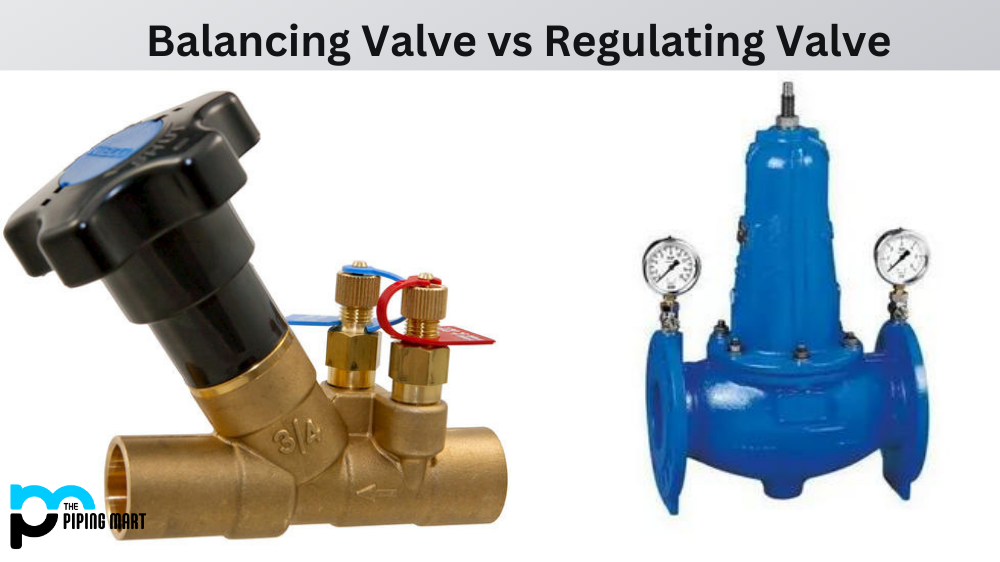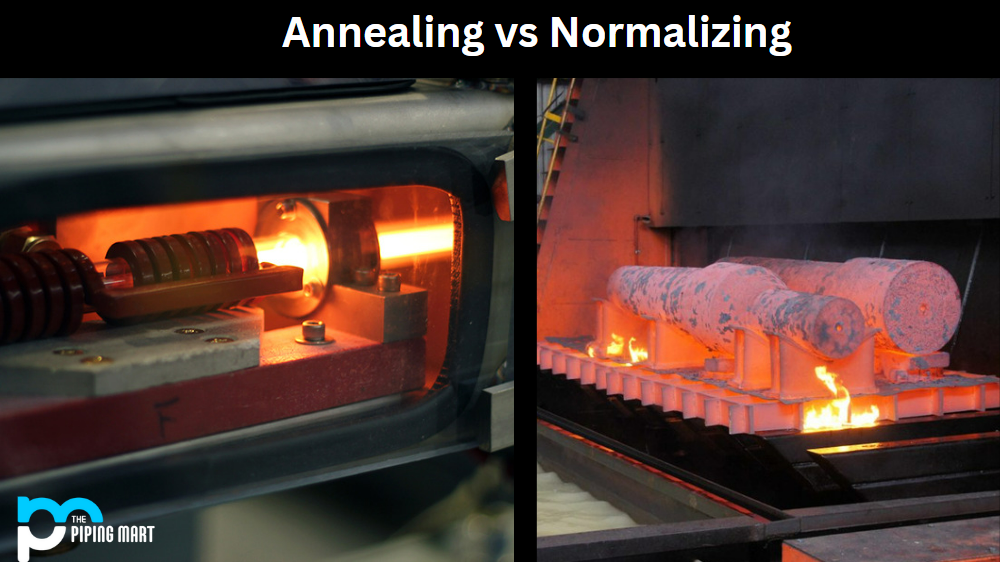Many types of valves are used in different applications, and two of the most common ones are balancing valves and regulating valves. Despite their similar functions, these valves differ in design, application, and benefits. Understanding the difference between balancing and regulating valves is essential for choosing the correct valve for your system. So, whether you’re in the HVAC industry or just a curious reader interested in valves, this blog post will help you understand the differences between these two valves.
Difference Between Balancing Valve and Regulating Valve
Design
Balancing valves are designed to balance fluid flow in a system. They have a pressure differential controller that maintains a constant flow rate and the pressure difference across the valve. Balancing valves are typically installed in HVAC systems, which are used to equalize the flow of air or water through the ductwork or piping system. In contrast, regulating valves are designed to regulate fluid flow in a system. They have an actuator that adjusts the valve position to control the flow rate of a fluid. Regulating valves are commonly used in industrial and commercial applications, where precise fluid flow control is required to maintain the desired process conditions.
Application
Balancing valves achieve hydraulic balance in a system where all the branches of a piping network have the same flow rate and pressure drop. Hydraulic balance is critical for the proper functioning of a system, as it ensures that each component of the system operates efficiently and avoids damage due to excessive pressure or flow rate. Balancing valves are used in HVAC systems, such as chilled water and hot water distribution systems, to regulate the water flow rate and ensure equal water distribution across all system branches. Regulating valves are used in various applications, such as chemical processing, oil and gas production, and power generation, where precise fluid flow control is necessary to achieve the desired process conditions.
Benefits
Balancing valves offer several benefits, such as improved system performance, energy savings, and reduced maintenance costs. By maintaining hydraulic balance in the system, balancing valves ensure that each component operates at its optimal performance level and maximizes energy efficiency. They also reduce the strain on the system components and increase the system’s lifespan. Regulating valves, on the other hand, offer benefits such as improved process control, increased productivity, and enhanced product quality. By regulating the fluid flow in the system, regulating valves ensures that each process step operates at the desired conditions and produces consistent product quality.
Selection
Choosing the correct valve for your system requires carefully evaluating the system requirements, operating conditions, and process objectives. Balancing valves are the preferred choice for HVAC systems that require hydraulic balance. Regulating valves are preferred for industrial and commercial applications requiring precise fluid flow control. However, there are instances where both valves are used in the same system, such as a chilled water system that requires hydraulic balance and precise flow rate control to maintain the desired cooling capacity.
Other Differences
- A balancing valve controls water flow in a heating or cooling system.
- A regulating valve is used to maintain constant pressure in a system.
- Balancing valves are typically used in larger systems while regulating valves are used in smaller systems.
- Balancing valves can be adjusted to allow more or less water to flow through a system while regulating valves will maintain a constant flow rate.
- Balancing valves are often used in conjunction with thermostats to help control the temperature of a space while regulating valves are not typically used for this purpose.
- Balancing valves can be used to control water flow to individual rooms or zones in a system, while regulating valves are typically used to control water flow to an entire system.
- Balancing valves are typically more expensive than regulating valves.
- Balancing valves require more maintenance than regulating valves.
Conclusion
Balancing and regulating valves have different designs, applications, and benefits. Balancing valves are designed to balance the flow of a fluid in a system and are used in HVAC systems to achieve hydraulic balance. Regulating valves are designed to regulate fluid flow in a system and are used in industrial and commercial applications that require precise control of the process conditions. Choosing the correct valve for your system depends on the system requirements, operating needs, and process objectives. By understanding the differences between these two valves, you can make an informed decision that ensures optimal system performance and process efficiency.

Pipingmart is a B2B portal that specializes in metal, industrial and piping items. Additionally, we share the latest information and information about materials, products and various types of grades to assist businesses that are involved in this business.




